-
Garlic Chives Plant for Sale
Allium tuberosum
Herb Growing Tips
Light: Full Sun
Temperature: Perennial for Zones 4-9
Watering: Water daily keeping the soil moist.
Soil: Well drain soil
Comments: Harvesting frequently; allows for more new growth!
Herb Description
Related to onions, garlic and even lilies, this member of the Allium family produces a lovely, subtle flavor that compliments eggs, potatoes, stir-frys, and soups wonderfully without overpowering the dish. Adding a light garlic flavor with a hint of onion, Garlic Chives are a terrific culinary herb to have close at hand. Similar to their less garlic-flavored cousin, Chives, Garlic Chives have a flat blade, unlike the hollow spear of regular variety.
You can easily grow either variety in your garden, trimming as much of the green blades as needed. Quick to regrow, Chives love full sun and moist soil and should thrive if given the proper conditions. The dense clumps that they grow into can be divided and transplanted without hassle, and harvesting is best before the plant begins to flower. -
Garlic Chives Plant for Sale
Allium tuberosum
Herb Growing Tips
Light: Full Sun
Temperature: Perennial for Zones 4-9
Watering: Water daily keeping the soil moist.
Soil: Well drain soil
Comments: Harvesting frequently; allows for more new growth!
Herb Description
Related to onions, garlic and even lilies, this member of the Allium family produces a lovely, subtle flavor that compliments eggs, potatoes, stir-frys, and soups wonderfully without overpowering the dish. Adding a light garlic flavor with a hint of onion, Garlic Chives are a terrific culinary herb to have close at hand. Similar to their less garlic-flavored cousin, Chives, Garlic Chives have a flat blade, unlike the hollow spear of regular variety.
You can easily grow either variety in your garden, trimming as much of the green blades as needed. Quick to regrow, Chives love full sun and moist soil and should thrive if given the proper conditions. The dense clumps that they grow into can be divided and transplanted without hassle, and harvesting is best before the plant begins to flower.

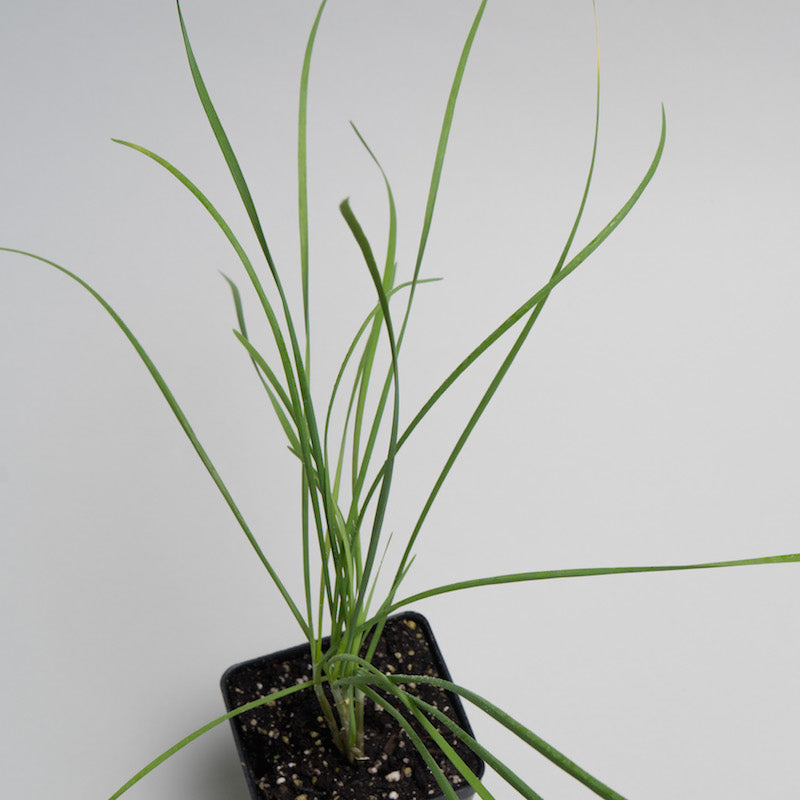
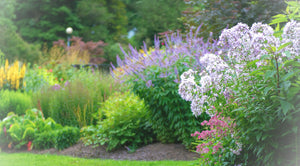
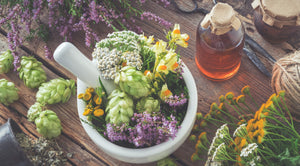
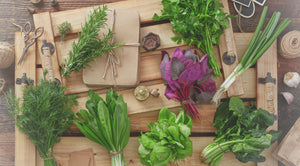
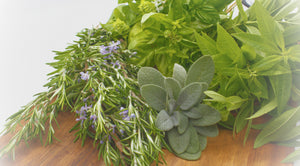
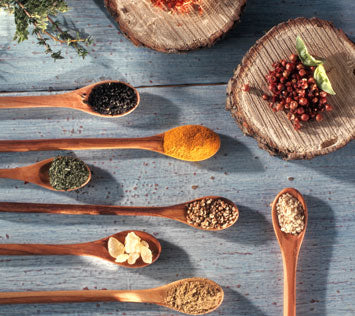


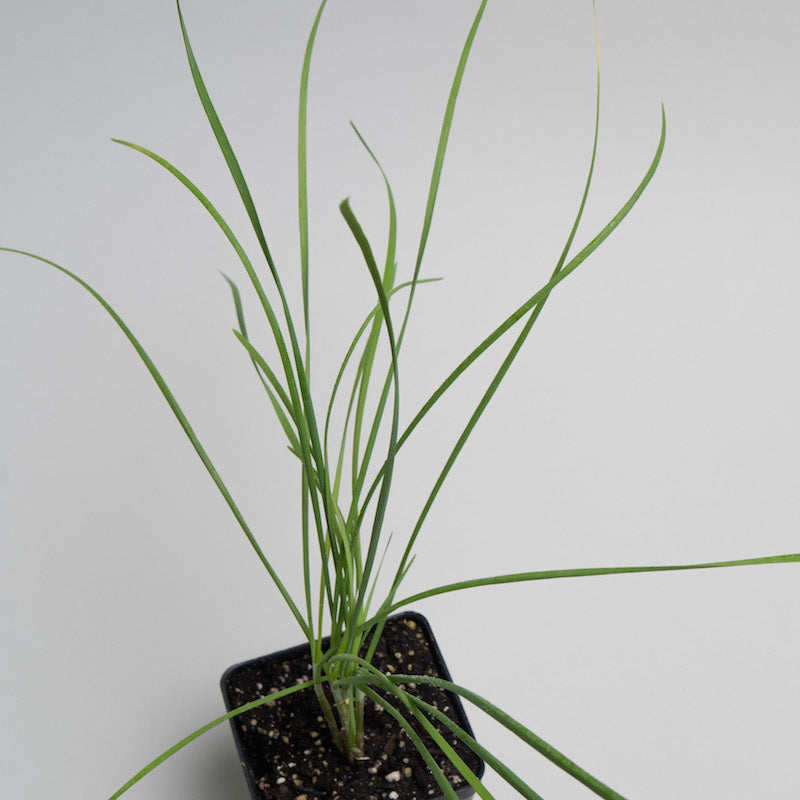



 Culinary
Culinary
 Medicinal
Medicinal
 Deer Resistant
Deer Resistant
 Container
Container
 Pollinator
Pollinator
 Indoor
Indoor
 Butterfly
Butterfly
 Drought
Drought